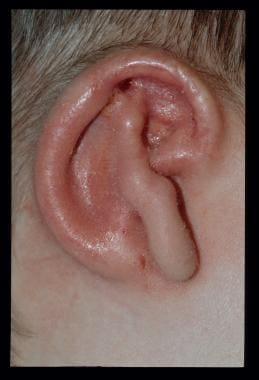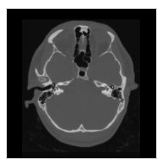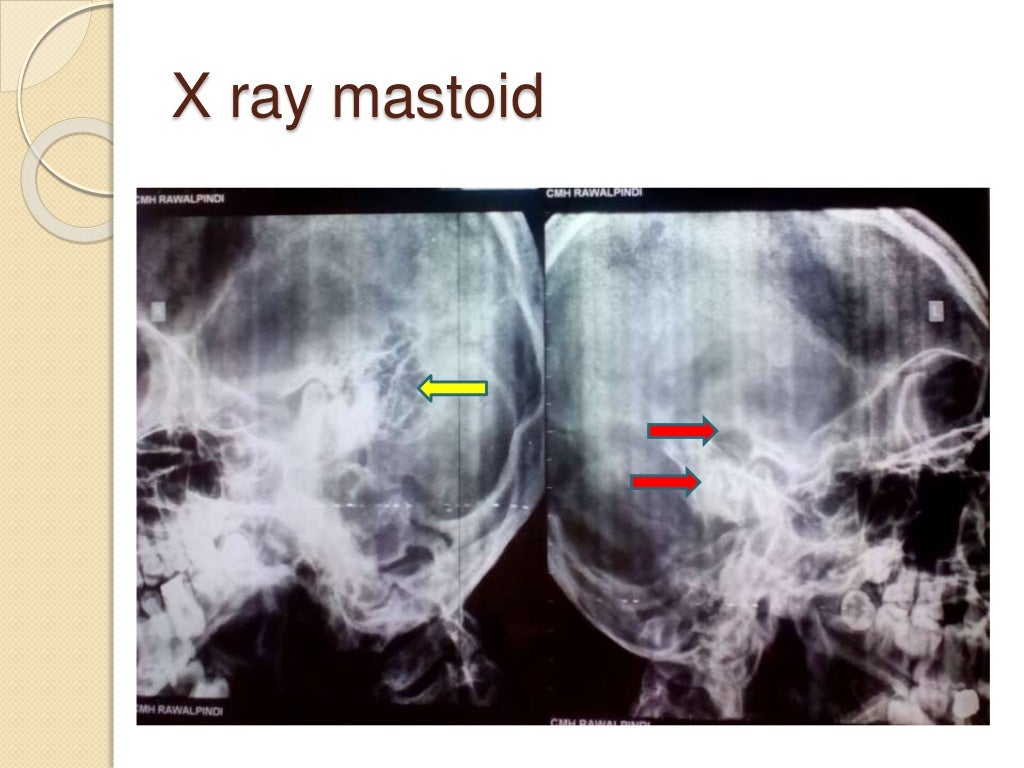

The existence and preoperative condition of patients' TM and EAC skin helped improve hearing results and decrease the incidence of complications. Meatoplasty with canalplasty and tympanoplasty in individuals with CAS can yield reliable and lasting positive hearing results with a low incidence of severe complications. Chi square test detected significant differences in complications between patients with CAA and CAS (χ(2) = 20.73, p < 0.01). Complications such as postoperative stenosis, bony regrowth, external aural canal (EAC) infection, EAC eczema, total deaf, and lateralization of the tympanic membrane (TM) were observed in 61.3% of patients with CAA and 20% of patients with CAS. Paired comparison analyses detected no significant difference in preoperative ABG but significant changes in postoperative ABG, ΔABG, the number of ABG < 30 dB and ABG < 10 dB between CAA and CAS. Seventy-five CAA patients and fifty CAS patients who underwent congenital meatoplasty with canalplasty and tympanoplasty between 20. To compare the patients who underwent surgery for congenital aural atresia (CAA) with congenital aural stenosis (CAS) for the stability of hearing results and complications during long-term follow-up.

01).ĬONCLUSIONS: Middle ear volume, calculated in a semiautomated fashion, is predictive of postsurgical audiometric outcomes, both independently and in combination with the conventional J-score. Atretic middle ear volume incorporated into the J-score offered the best association with normal postoperative hearing (speech reception threshold ≤ 30 dB OR = 37.8, P =. RESULTS: Atretic middle ear volumes were significantly smaller than those in contralateral normal ears (P 305 mm3 had significantly better postoperative pure tone average and speech reception thresholds than those with atretic ears below this threshold volume (P =. Postsurgical audiometric outcome data were then analyzed in the context of these middle ear volumes. Using the Livewire Segmentation tool in the Carestream Vue PACS, we segmented middle ear volumes using a semiautomated method for all atretic and contralateral normal ears on preoperative high-resolution CT imaging. MATERIALS AND METHODS: A retrospective analysis was conducted of 18 patients who underwent an operation for unilateral congenital aural atresia at our institution. The purpose of this study was to introduce a semiautomated method for measuring middle ear volume and determine whether middle ear volume, either alone or in combination with the J-score, can be used to predict early postoperative audiometric outcomes.

Refinement of technique and evidence-based recommendations, contributed by committed surgeons around the world, continue to enhance the armamentarium of knowledge, options, and outcomes for patients with CAA.īACKGROUND AND PURPOSE: Middle ear space is one of the most important components of the Jahrsdoerfer grading system (J-score), which is used to determine surgical candidacy for congenital aural atresia.

Surgical and hearing outcomes are also reviewed. Although not a surgical atlas, the chapter outlines basic surgical techniques of atresiaplasty and osseointegrated bone conduction technology. This chapter presents the initial and ongoing evaluation and comprehensive management options for hearing habilitation in patients with unilateral and bilateral CAA. Percutaneous and transcutaneous bone conduction hearing technologies also offer outstanding options for hearing habilitation in these patients. High-resolution computed tomography (CT) and seventh nerve monitoring increase the safety of CAA reconstruction. Preservation of sensorineural hearing and the facial nerve must always take precedence over the desire to correct conductive hearing loss through atresiaplasty because other, less risky, options exist for hearing habilitation in these patients. For CAA and its associated conductive hearing loss, the surgical challenge of atresiaplasty arises from the altered outer and middle ear anatomy and the absence of standard anatomic landmarks. Management of patients with microtia and congenital aural atresia (CAA) is a challenging yet rewarding process in reconstructive surgery and otology.


 0 kommentar(er)
0 kommentar(er)
